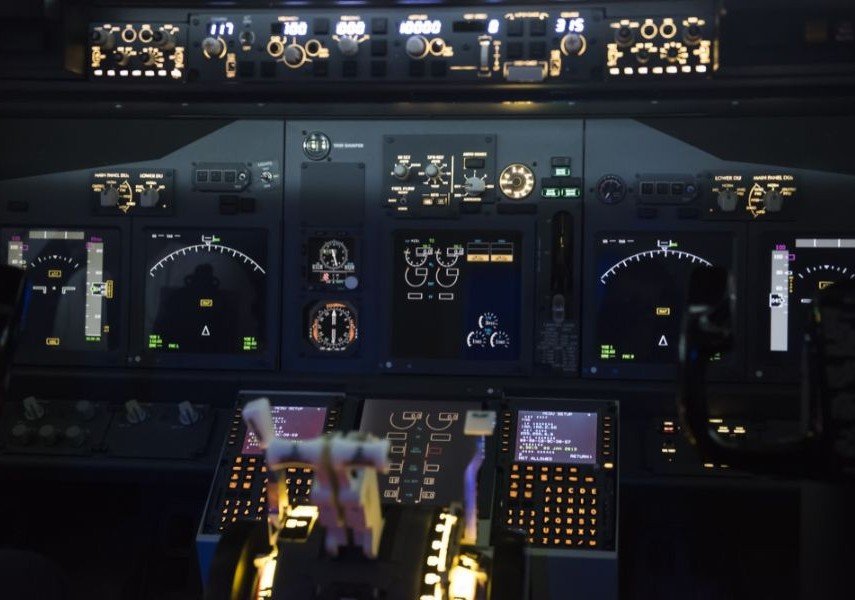Just a few years ago, space travel felt like something reserved for astronauts or movie scenes. But things are changing fast. Today, it's transforming into a real, fast-growing industry, driven not just by government agencies but by commercial space missions. Private companies like SpaceX, Blue Origin, and Virgin Galactic are turning orbital dreams into launch schedules, making space travel more accessible and routine than ever before.
In this blog, we'll explore how commercial space missions are changing the landscape of space travel, becoming more frequent, and impacting our lives in ways you might not expect.
What Are Commercial Space Missions?

Commercial space missions refer to spaceflights that are funded, operated, or managed by private companies rather than government agencies. These missions have grown from experimental launches to major players in satellite deployment, resupply missions, and even space tourism.
Unlike traditional programs run solely by NASA or Roscosmos, commercial space missions focus on speed, cost-efficiency, and reusability. They are bringing innovation to the forefront of the space industry, allowing space to become a part of everyday business and life.
Private Companies Leading the Space Race

The rise of private space companies has brought competition and innovation into orbit. Here are the three most well-known names in the sector:
SpaceX
Founded by Elon Musk
First private company to dock with the International Space Station
Famous for its reusable rockets, especially Falcon 9
Pioneering long-term plans for Mars colonization via SpaceX Starship
Blue Origin
Founded by Jeff Bezos
Specializes in suborbital flights with the New Shepard rocket
Promotes the idea of millions living and working in space
Focused on sustainability and cost reduction
Virgin Galactic
Founded by Richard Branson
Aims to offer short space tourism trips to civilians
Uses a spaceplane model for suborbital flights
Already accepting ticket reservations for future flights
These companies have taken what was once reserved for astronauts and opened it up to civilians, researchers, and private clients.
Commercial Space Missions Are Becoming Routine

It may sound surprising, but commercial space missions are becoming routine. Just like airlines have regular flight schedules, many private companies now operate on consistent launch timelines.
What's Driving This Change?
Reusable Rockets: Reusability has brought down the cost of each launch dramatically.
More Clients: From governments to startups, everyone wants to launch satellites or test experiments in space.
Growing Infrastructure: Companies are building dedicated launch pads and recovery systems to streamline operations.
Increased Funding: Billions of dollars in private and public investment are fueling growth.
This shift is setting the stage for a future where booking a space launch becomes as normal as reserving a cargo shipment or commercial airline ticket.
The Practical Side of Commercial Space
You might not be heading to orbit anytime soon, but commercial space exploration is already affecting your life.
Real-World Applications
Faster Internet: Satellite constellations like Starlink are improving connectivity in rural and remote areas.
GPS & Navigation: More satellites mean more accurate and reliable location data.
Climate Monitoring: Commercial satellites help track weather patterns, natural disasters, and environmental changes.
Scientific Research: Universities and companies can now afford to run experiments in microgravity.
These services were once the domain of only superpower nations. Now, with commercial spaceflight services, even small companies and countries can gain access.
Space Tourism Takes Off
Space tourism is no longer just for billionaires. While still expensive, it’s now technically possible for civilians to travel to space, especially with short suborbital flights.
What to Expect as a Tourist
Brief training and medical checks
A suborbital flight lasting 10–15 minutes
Weightlessness and a view of Earth’s curvature
Return to Earth within the same day
Companies like Virgin Galactic and Blue Origin are offering these experiences, and in the future, the prices may drop enough to become part of adventure tourism.
Global Hotspots for Commercial Launches
While commercial space missions in the US dominate headlines, other countries are also making impressive progress.
United States: Home of the launchpads of SpaceX, Blue Origin, and Virgin Galactic, especially in Texas, Florida, and California.
United Arab Emirates: Making strategic investments in space technology, with goals of long-term involvement in Mars exploration and tourism.
India: ISRO is increasingly partnering with private companies for satellite launches and small payload missions.
China: Rapidly building a commercial space ecosystem to rival the West.
This global interest means space exploration is no longer limited to a handful of superpowers.
What’s Next for Space Travel?
The future of space travel is bright, and commercial missions are leading the way. What we see now is only the beginning.
Orbital Flights: Extended trips around the Earth, including stays in space hotels.
Moon Missions: Commercial lunar landers and tourist flights around the Moon.
Mars Exploration: SpaceX plans to send the first crewed mission within the next decade.
Space Habitats: Ideas are emerging for building commercial research and leisure stations in low Earth orbit.
These ideas were once confined to sci-fi novels but are now included in development roadmaps by real companies.
Who Can Get Involved?
The commercial space industry needs far more than just astronauts and engineers.
Career Paths in Commercial Space
Software developers and data analysts
Project managers and logistics experts
Aerospace technicians
Legal and compliance officers (space law is growing fast)
Educators, communicators, and content creators
As the industry expands, career opportunities are becoming more diverse and inclusive.
Conclusion: From Sci-Fi to Everyday Reality
The idea of commercial space missions may once have sounded like pure science fiction, but today, it's part of our evolving reality. With more launches, lower costs, and new players, space is no longer a destination for the elite few—it's becoming a global frontier for education, communication, business, and even tourism.
From SpaceX Starship planning interplanetary journeys to space travel in the UAE, the world is gearing up for a future where space is not just above us—it’s part of our daily life. As industry matures, commercial space missions will continue to shift from the extraordinary to the expected, turning sci-fi into flight schedules we can plan around.









